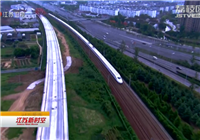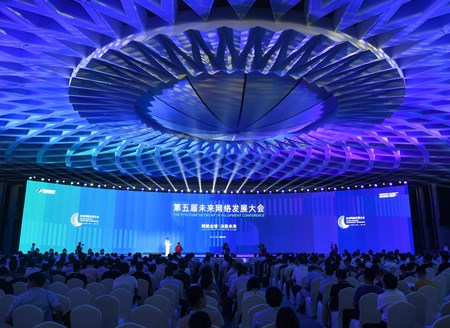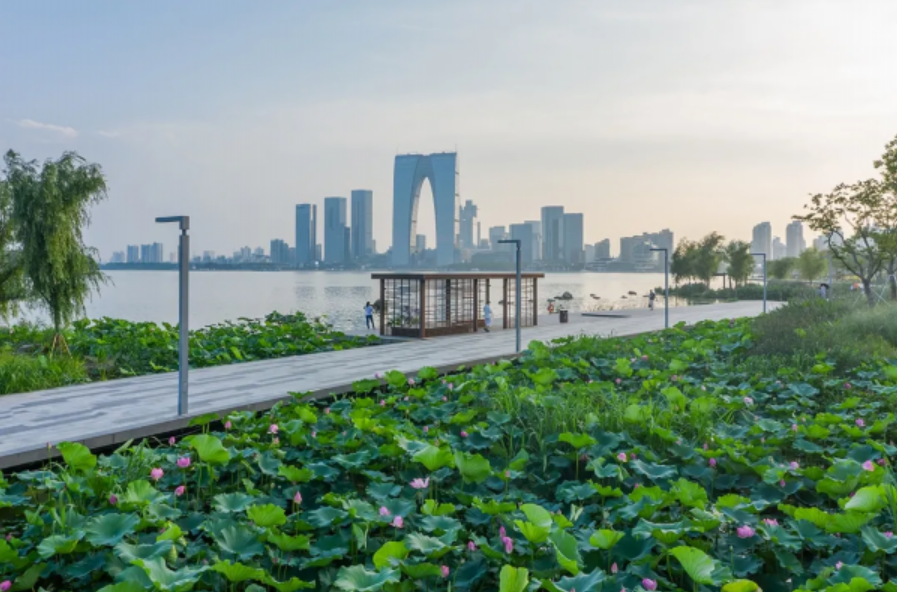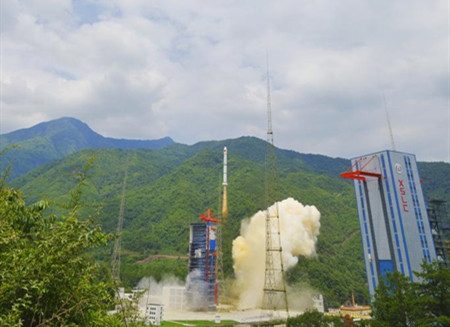East China’s Jiangsu Province has made unremitting efforts to boost transport infrastructure to satisfy the increasing demand of the province's economic and social development.
Transport infrastructure is the foundation of rejuvenating the country, the cornerstone of benefiting the people and the guide of a powerful nation.
The opening of the Nanjing-Hohhot direct flight via Lianyungang marks the direct flight between Nanjing and Lianyungang and cut the travel time between the two cities from the original 4 hours to 50 minutes.
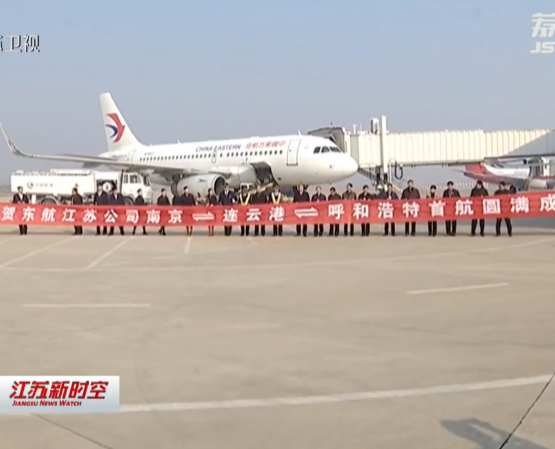
Not long ago, Yancheng launched its maiden direct flight with Nanjing, signaling the materialization of the one-hour accessibility from one city to another within the province.
At the same time, one railway after another has been built across Jiangsu to prop up the province’s social and economic development.
More than 90% of the total work on the bored piles, caps and piers of the bridges in the Yangzhou section of Lianyungang-Huai’an-Yangzhou-Zhenjiang Railway has been completed with the electrical installation being promoted. The opening of the railway will make it easier for the people from the four cities to travel from one place to another and boost the integration of the surrounding cities into the Yangtze River Economic Belt.
Over the past years, Jiangsu has continued to promote the construction of modern integrated transportation system. The construction of highways has been in full swing, as is evidenced by the completion of the Xuzhou-Mingguang highway and the Suzhou-Yangzhou highway.
The province has continued to improve the major framework of the railway network with a number of major projects such as the Nanjing-Hangzhou High Speed Rail, the Suqian-Huai’an Railway and the Zhengzhou-Xuzhou High-speed Rail launched one after another.
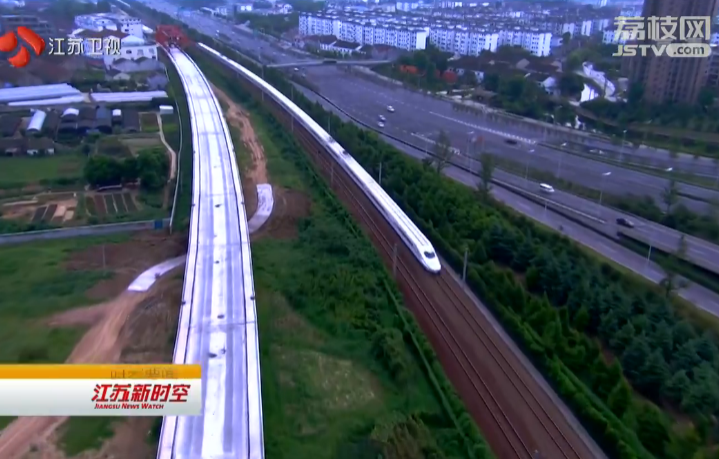
The opening of the Nanjing Rail Transit Line 4 and a number of urban rail transit lines and upgrading of the rural highways in six underdeveloped regions and former revolutionary areas has facilitated the last-kilometer travel.
In the past year, Jiangsu completed more than 110 billion yuan of transport infrastructure investment, setting a new record high, with the expressway area density ranking the first among all provinces, municipalities and autonomous regions in the country.
Residents in medium and large cities can access the expressway within 30 minutes and the high-speed railway has covered 40% of the counties and metropolises. The province has also established a network of air routes reaching out to various destinations of the country and connecting four continents around the world.
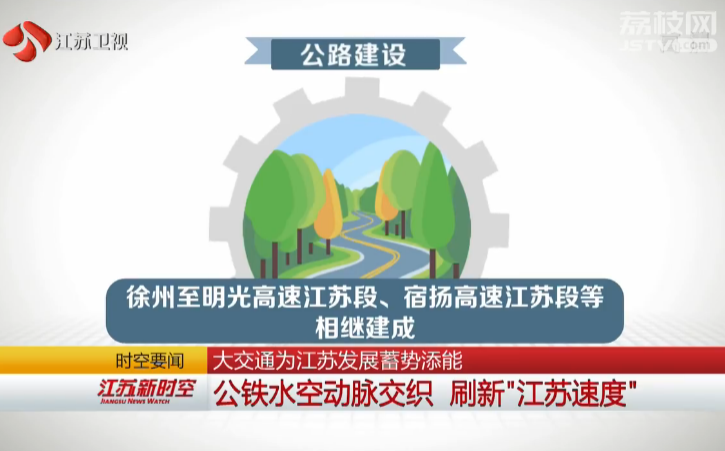
The Chinese government has announced ambitious plans to improve the country's transport infrastructure in the next few years.
The State Council issued a document last year to expand the transport network during the 13th Five-year Plan period between 2016 and 2020.
By 2020, the country will have 150,000 kilometers of railway lines, 5 million km of roads, 260 airports and 2,527 berths for vessels over 10,000 tonnes.
High-speed railways will increase to 30,000 km, connecting more than 80 percent of cities with a population of more than 1 million.
The government aims to build a modern transport system that is safe, convenient, efficient and green by 2020, according to the document.
(Source:Jiangsu International Channel)
